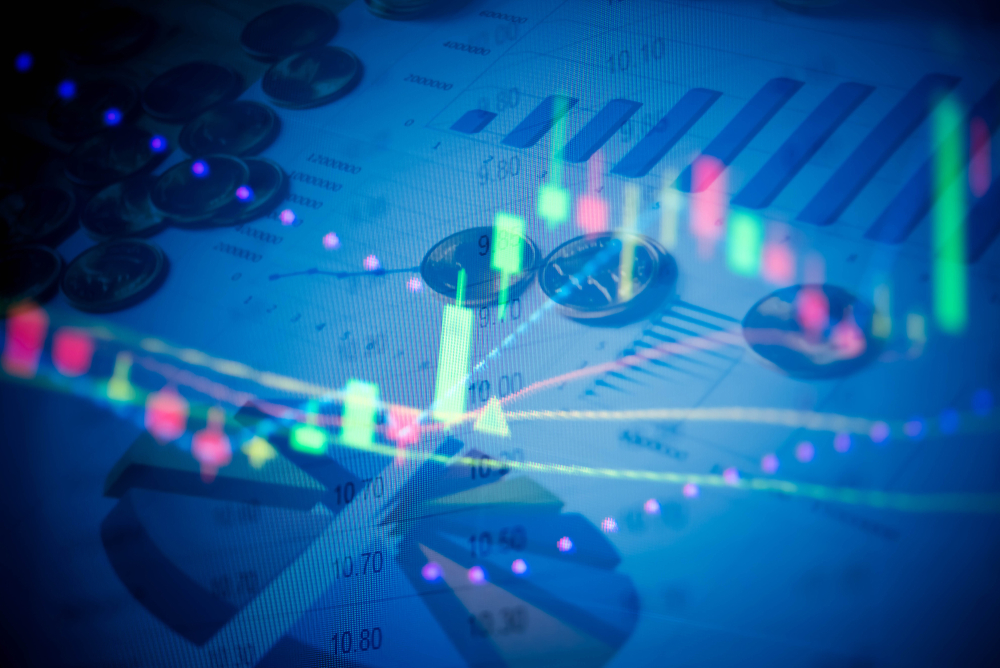
The scale and value of Big Data has risen appreciably in recent years and the trend looks only set to continue. It is predicted that worldwide, digital information will increase sharply from around 5 zettabytes currently to 50 zettabytes in 2020. To put that into perspective, a zettabyte is equivalent to a billion terabytes. Impressive, yes?
Part of the monumental value of all this data is its ability to help organisations predict future outcomes. With insights into projected consumer behaviour, employee performance, market trends, asset performance, and more, it is possible to make smarter decisions that will foster growth and reduce risk.
From the virtual footsteps left on the web to the actual walking speed of product users, data can be collected, stored, processed, and analysed like never before. If knowledge is power, then Big Data offers companies a powerful bounty of often untapped information waiting to predict the future and offer you better informed decision-making. Here are some of the ways Big Data is empowering businesses towards driving future success.
Forecasting Financial Risk
Predictive analytics utilises data analysis together with technologies such as artificial intelligence to identify patterns and correlations in a variety of data sources to create better, more accurate recommendations. Predicting financial risk is incredibly important, and an expanding amount of computer-analysed real-time data has made this faster and more reliable for financial institutions.
Data produced on a daily basis such as transactional information and currency market changes can be analysed and combined with historical data. Banks and insurance companies can use the resulting information to better understand the market, predict and prepare for financial trends and possible crashes, and improve risk management efforts for both the company and their clients. Insurance companies, in particular, can use Big Data to enhance their capabilities in terms of assessing risk and setting insurance policies and rates to better serve their customers while still working on revenue goals and even develop a competitive edge.
Simulation-based Predictions
Companies and individuals such as asset managers can run data-based programs to analyse Big Data and learn more about the likely outcomes of certain factors or decisions. This offers useful simulations of crucial scenarios, such as the likelihood that parties who have been lent money will not meet their commitments in a contract. This leads to improved preparatory steps to better deal with the problem and reduce the time needed to address it.
Many large banks run around 1,000-5,000 simulations at given intervals to forecast financial default in the part of their clients. However, thanks to Big Data and data analysis and management platforms, they can significantly expand that to 100,000 simulations, achieving an even higher level of accuracy. These simulations and the results can also be used to formulate early detection systems which analyse abnormalities and flag potentially fraudulent activities.
Customer Behaviour Predictions
Being able to forecast and capitalise on consumer behaviour is vital for consumer-centric companies’ ability to remain alert and responsive to the market’s ever-evolving demands. American Express noted that in the Australian market, they can predict 24% of accounts that will close within four months. This offers a huge advantage to the credit issuer as they have a clear idea of how many new accounts they need to gain and sustain growth. This type of data analysis can also reveal what factors are resulting in accounts being closed, helping American Express make changes to their business model to lessen accounts closure and encourage more people to avail of their services in the future.
For retail companies, data derived from social media, in-store and online purchases, surveys, and customer feedback forms can help in planning marketing strategies and determining which products to create and offer next. Given the proper context and insights, the data they currently produce can even guide them in knowing what their customers will want, before they realise they want it. Overall, this leads to more proactive rather than reactive company policies and consumer and product strategies.
Prescriptive Analytics and Real-time Analysis
Companies in the travel industry often segment potential customers using prescriptive analytics based on large and frequently updated data sets. They do so with the aim to accurately target customers, understand how to be most effective and cost-efficient in market spend, and ensure higher conversion rates. For example, the InterContinental Hotel Group considers 650 variables when they calculate the best price or product combinations for customers. These variables are ran through their AI-based data and analytics platform to generate suggestions to achieve their desired business outcomes.
Current data can also lead to improved real-time analysis which businesses can bank on to better their forecasting strategies, address customer demands, and make business changes in a timely manner. UPS, the world’s largest package handling company, were early investors in effective data analysis, and they cite this fact as one of the major reasons why they are leading their field. Analysing historical and real-time data allows them to ensure that their trucks take the most efficient route every time, react to traffic reports faster, and adjust to customers’ delivery changes made through their app quickly, saving them millions of dollars annually in the process.
Big Data Moving Forward
Data can be your organisation’s key to achieving success not just today but in the future as well. To unlock this potential however, you need to properly interpret and analyse it to obtain the needed insights to effect the necessary changes. Latize’s intelligent data management platform Ulysses allows you to do just that, building for you a web of data about different things, from people and products to patterns and events, which you can use to inform and improve decision-making and business strategies. Learn more about how you can make your data work for you today.



